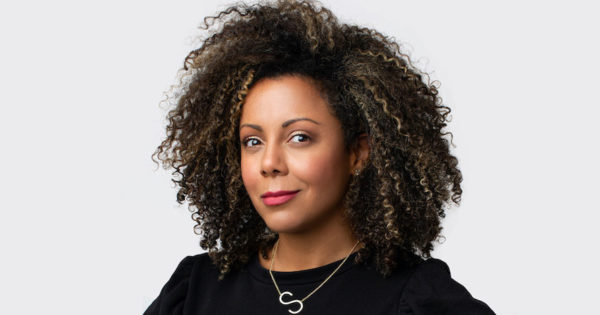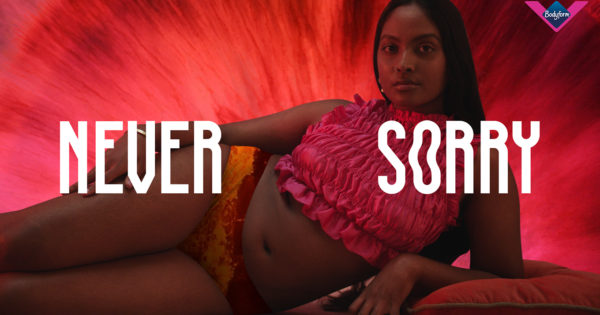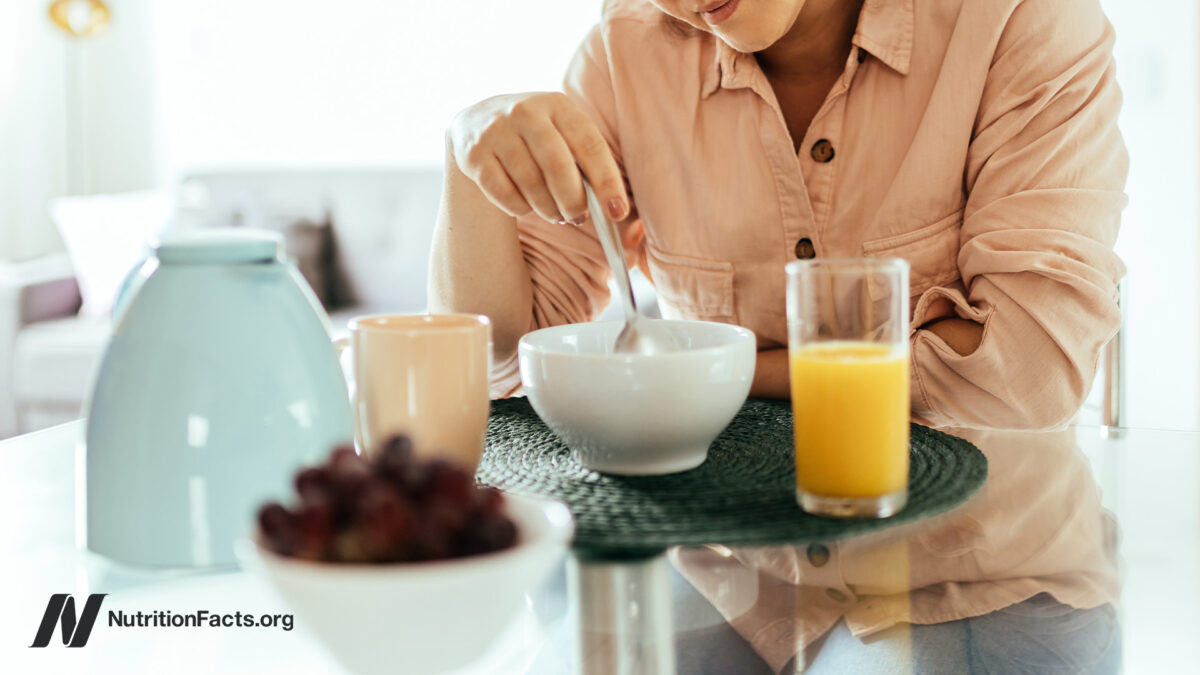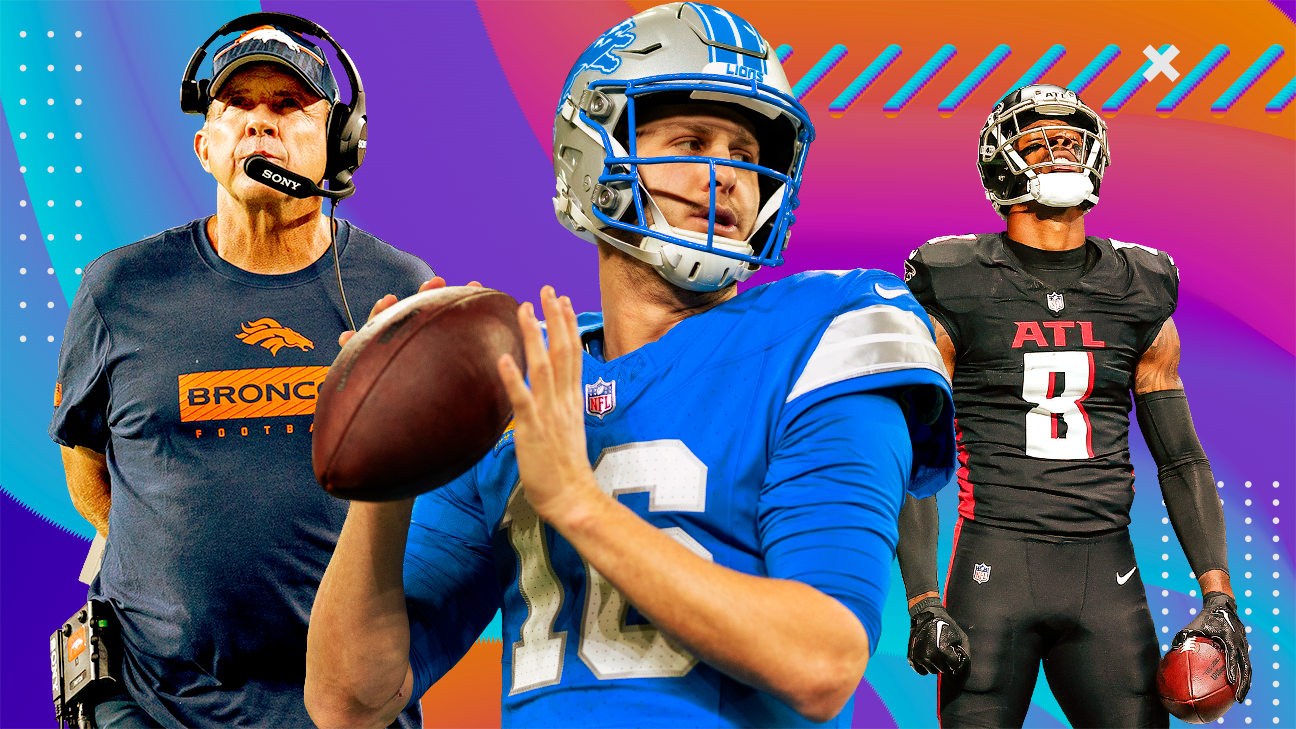Baskin-Robbins undergoes major rebrand, loses 'childish' logo
New logo, ‘Seize the Yay’ campaign will help the ice cream chain broaden its appeal and restore its reputation for innovation, execs say.

Baskin-Robbins has come to the conclusion that getting younger could be a matter of growing up a little.
The 77-year-old ice cream chain today is unveiling a brand reset that includes a newly designed logo, packaging, and employee uniforms. It is also introducing a new tagline encouraging customers to “Seize the Yay”—or to associate the brand with moments of happiness, big or small.
The campaign is from 22Squared, Baskin-Robbins’ creative partner since 2010. It comes as the chain rides steady sales momentum that officials attribute to three years of internal focus on opportunities revealed in research of its customers, franchisees and crew. The “Raise the Bar” program—which included a number of store closures and refranchising deals—prepared Baskin-Robbins to present its new message to consumers from a position of strength, said Jason Maceda, president of the Inspire Brands-owned chain.
“Although we still have some work left to do, we are at a point now where it’s time to grow,” Maceda said in an interview. “We didn’t want to reintroduce ourselves when we still had big things to work on. We have had three years in a row of positive comps; we were up by 10.9% last year while rolling over huge numbers, and we’re still positive year-to-date.”
Jerid Grandinetti, VP of marketing and culinary at Baskin-Robbins, said the chain’s new look and feel preserves its heritage while addressing feedback from consumers who perceived its look as “juvenile.”
“Any good transformation starts with some self-refection, and we heard some uncomfortable truths,” Grandinetti confessed. “They told us we were dated, that we skewed juvenile. Even though we were trusted, and had great equity, they saw us as a little childish, and we weren’t known for great innovation anymore. So it was important to us that we reinforced the positive and steered away from the negatives with this transformation. Part of that was, quote, growing the brand up, through product offerings and the way we show up to the world.”
The new logo and visual identity was created by ChangeUp. It preserves the “31” within the BR logo—a reference to a flavor for every day of the month—while dialing back the zany type that marked its previous look. That logo was introduced for the first time in 2006, refined in 2012, and last refreshed in 2019, when the agency Jones Knowles Ritchie added colors and patterns to the 31 illustrating its range of flavors.
A strong brand image has always been a part of Baskin-Robbins. Its co-founders, brothers-in-law Burt Baskin and Irv Robbins, in 1953 sought counsel from ad agency Carson/Roberts, which introduced the “31 flavors” concept and a circus-inspired logo design in pink and brown to denote ice-cream sprinkles.
“When we started to think about refreshing the brand’s equity, we didn’t want to walk away from that; we just wanted to do it in a modern way, using some of the circus-inspired typography and colors that were original to the brand but with a little more modern edge,” Grandinetti said.
Ironically, Baskin-Robbins execs see this “grown-up” look as a key to winning greater appeal with younger consumers, allowing for more innovative product introductions, flavors and formulations. The chain is currently promoting three newly released flavors. Mint Chocochunk is a non-dairy take on mint chocolate chip; Totally Unwrapped is a deconstructed candy-bar inspired flavor with chocolate, peanut butter, fudge covered pretzels, caramel peanuts and salted caramel; and Ube Coconut Swirl features sweet flavor of Ube, the purple yam native to the Philippines that is currently trending in categories like beverage.
These flavors are only a start, Maceda added. He declined to reveal details but said three new items would be introduced in the coming months. They will be “significantly different than what you’re used to seeing from Baskin-Robbins, and we think they will draw some new faces to our stores,” Maceda said.
Baskin-Robbins’ target customer remains a 38-to-40-year-old suburban parent, but the brand has appeal from children to grandparents, Maceda said.
New ads breaking this week on connected TV and social channels introduce the “Seize the Yay” concept by positioning Baskin-Robbins as a reward for small moments of happiness—a tagline that takes a subtler approach to its predecessor, “We Deliver Happiness.”
Complimentary, not competitive
With about 7,700 outlets worldwide, Baskin-Robbins is the second smallest of the seven restaurant brands assembled under Inspire—a group created when Arby’s acquired Buffalo Wild Wings in 2018 and subsequently acquired the Rusty Taco, Jimmy John’s and Sonic brands. Baskin-Robbins joined the group when Inspire acquired Dunkin Brands in 2020. (Baskin-Robbins and Dunkin had been sharing a common parent since the 1980s.)
Baskin-Robbins and Dunkin are closely associated—about half of Baskin-Robbins’ U.S. locations are co-branded Dunkin combination stores. This pairing has helped Dunkin win consumer support as it expanded west from its Northeast base, and their respective menus boost one another’s daypart business, providing superior unit economics. Today, a little more than 30% of Baskin-Robbins orders from combo stores include a Dunkin item, Maceda noted.
This dynamic has raised the stakes for complimentary marketing, officials say, although the brands maintain separate staff and agency relationships. What Dunkin and Baskin-Robbins share most is their emphasis on flavors, Grandinetti said.
“The Dunkin marketing team is separated from my office by a wall,” Grandinetti said. “We are in close proximity to one another and we keep tabs on what the other brands are up to, but it’s important that our marketing strategy matches our brand strategy, so we want to be complementary, not competitive [with Dunkin].”
Dunkin’s marketing has been a topic of intense industry attention recently as it conducted an agency search, revealing Anamoly as its new creative partner in November. The CMO who led that search, Rafael Acevedo, abruptly departed the company last month. (Baskin-Robbins officials did not comment on Acevedo’s departure.)
The Inspire portfolio provides Baskin-Robbins with benefits like buying scale and access to technologies it couldn’t afford to develop on its own, said Maceda. “If there’s an innovation at a Jimmy John’s or a Sonic, we’ll soon be in line to get it.”
That influence has shown up in impressive performance of delivery capabilities that helped the brand persevere in the pandemic, Maceda said. About 8% of sales last year came from delivery and online ordering of cakes, a business Maceda said was almost entirely incremental.
The new branding also accompanies Baskin-Robbins’ first foray into branded merchandise including items like skateboards, bicycles and clothing bearing the Baskin-Robbins’ logos and colors. These items, now available at its website, are not being counted as a revenue source but rather a means to win “brand love,” Grandinetti said.
Baskin-Robbins will also look to accelerate store openings this year including about 30 upscale “Moments” stores to join the 70 already open. That concept debuted in Fresno, Calif. in 2019 but expansion was slowed by the pandemic. Existing stores will adopt new packaging immediately. Fixtures like menu boards and exterior branding will roll in as part of franchisees’ routine maintenance and store renovation plans.

 Koichiko
Koichiko 












.jpg&h=630&w=1200&q=100&v=2a8ddfbc4a&c=1)


















